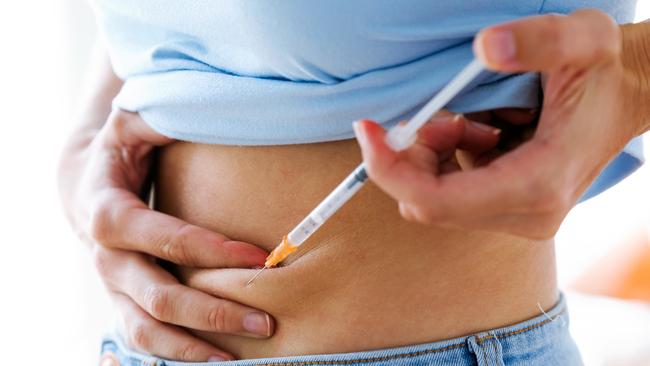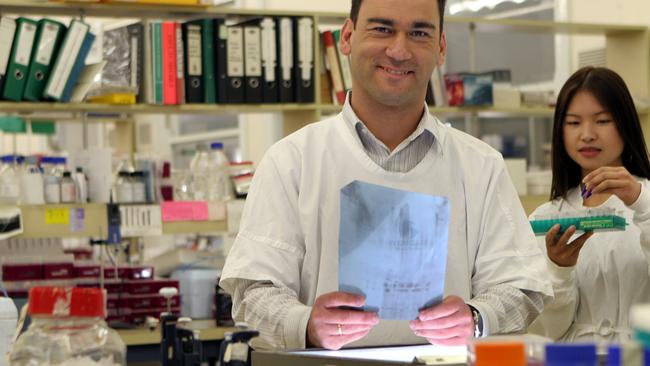New discovery could be a milestone in holy grail of diabetes treatment
A major breakthrough by Melbourne researchers has sparked hopes the body may be able heal itself from diabetes.
Victoria
Don't miss out on the headlines from Victoria. Followed categories will be added to My News.
Melbourne researchers have unlocked the recipe for regenerating the insulin-producing cells that are killed off in diabetes, sparking hopes of a way for the body to heal itself from the disease.
In type 1 diabetes, the immune system destroys beta cells in the pancreas that make insulin. These cells are damaged in type 2 diabetes.
Just as when heart tissue dies after a heart attack and brain cells are wiped out in dementia, the body cannot fully repair itself.
This is because the ways cells regenerate are “switched off” once our bodies are built and we leave the womb.
But Monash University scientists have found how to flick the switch back on in cells destined to become beta cells, and have used this technique to allow mice to regrow their insulin-producing capacity.
“We’ve answered a key question in development and regenerative medicine,” co-lead researcher Keith Al-Hasani said.

“Now we know what is the barrier to cell and tissue repair in the pancreas. But we believe this is applicable to all tissues and organs in the human body. It’s the same process.”
Dr Al-Hasani, of the Monash Central Clinical School’s diabetes department, said by reversing a biological process in insulin-producing cells, which instructs how their genes function, they could reawaken them.
“I call them sleeping beauties; these stem cells are not switched off, they’re just asleep,” he said.
“They’re asleep because of chemicals binding to the DNA, allowing them to remain silent.
“We’ve found a way that if we remove a barrier to this gene silencing, we can reawaken these genes.”
Head of the Australian Diabetes Society and University of Melbourne researcher Sof Andrikopoulos, who was not involved in this study, said the finding was an important milestone towards the holy grail of diabetes treatment.

“If you can just slightly manipulate beta cells so the immune system doesn’t attack it, and then encapsulate it in a way that you can get it into the patient, this is the key to providing the best possible treatment of diabetes,” Prof Andrikopoulos said.
“That’s why this is so critical. It is such an important paper.”
The researchers have teamed up with colleagues from the Monash Institute of Pharmaceutical Science to develop a way of placing the “awakened” pancreatic cells in microcapsules to shield them from the immune system.
They are starting to test this using donated human cells.
The hope is these microcapsules can be injected into patients to kickstart regeneration of their insulin-producing cells as a diabetes treatment.


